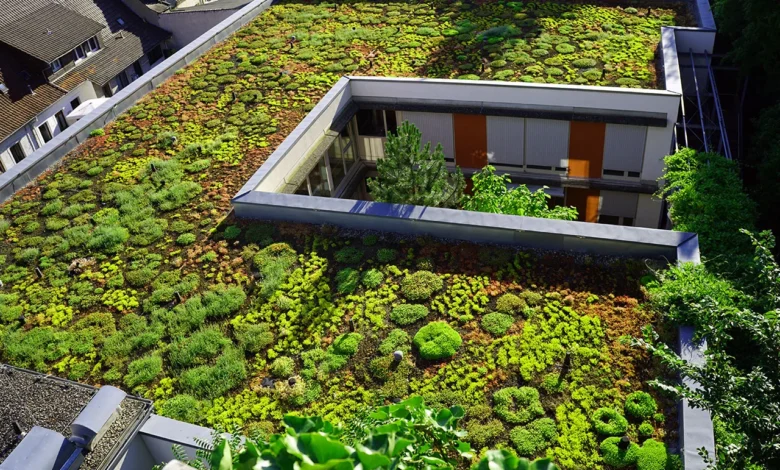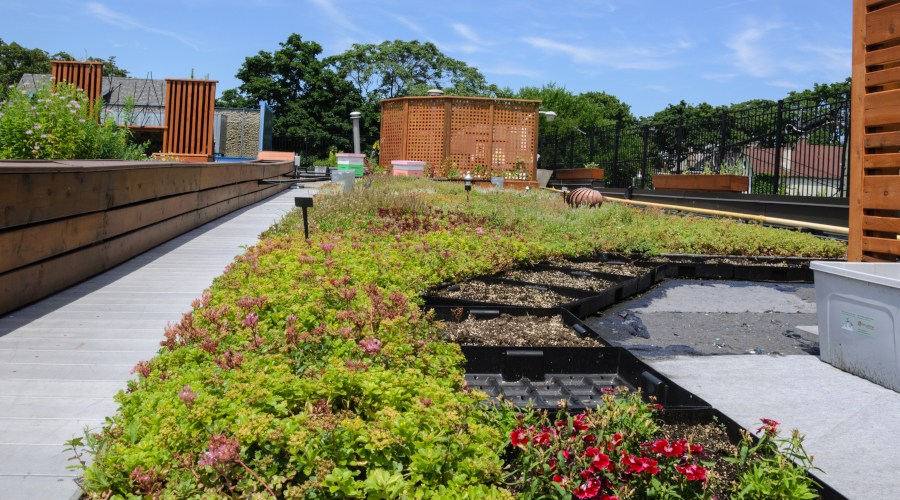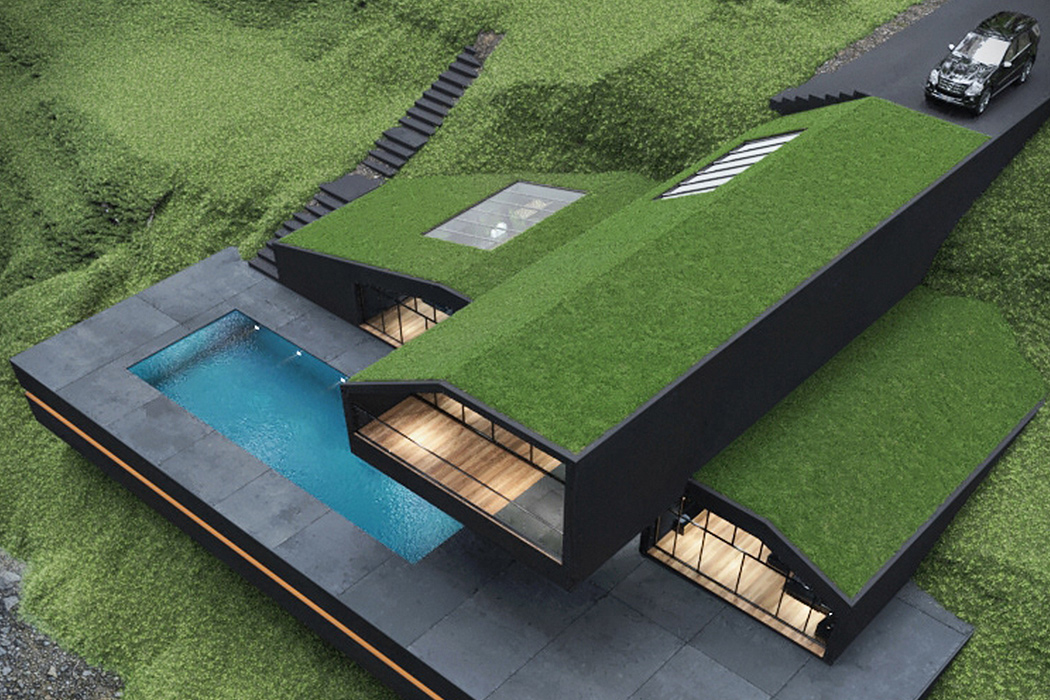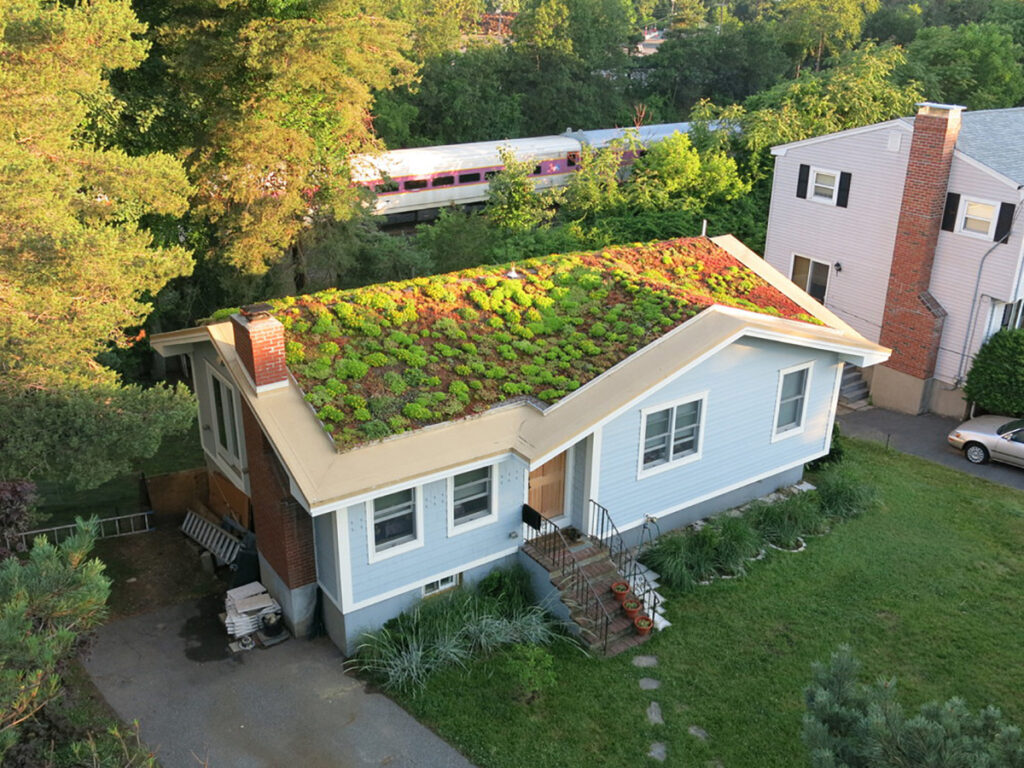10 Ideas for Utilizing Green Roofs to Mitigate Urban Heat Island

10 Ideas for Utilizing Green Roofs to Mitigate Urban Heat Island? Urbanization and climate change have led to the formation of the Urban Heat Island (UHI) effect, resulting in elevated temperatures and adverse environmental conditions. Green roofs have become increasingly popular as an effective method for reducing UHI by providing natural cooling and insulation. Here are ten ideas for utilizing green roofs to mitigate UHI in urban areas.
Introduction
The Urban Heat Island effect is a critical issue facing urban areas, and its consequences can be catastrophic. Elevated temperatures can cause health problems, increase energy consumption, and damage infrastructure. Green roofs provide a solution to this problem by reducing the urban heat island effect and creating a more sustainable urban environment.
Understanding the Urban Heat Island Effect

The Urban Heat Island effect occurs when urban areas experience higher temperatures than surrounding rural areas due to human activities such as the use of concrete and asphalt, and the lack of greenery. The combination of these factors causes an increase in temperature in urban areas, leading to higher energy consumption, heat-related illnesses, and damage to infrastructure.
What are Green Roofs?
Green roofs, also known as living roofs, are roofs covered with vegetation, soil, and a waterproof membrane. Green roofs have become increasingly popular in urban areas due to their ability to reduce the urban heat island effect, provide insulation, reduce stormwater runoff, and provide aesthetic benefits.
Types of Green Roofs

There are two main types of green roofs: intensive and extensive. Intensive green roofs have a thicker layer of soil, which allows for a wider variety of plant species, including trees and shrubs. Extensive green roofs have a thinner layer of soil and support a more limited selection of plants, typically low-maintenance succulents and grasses.
Benefits of Green Roofs
Green roofs have numerous benefits, including reducing the urban heat island effect, providing insulation, reducing stormwater runoff, improving air quality, and providing aesthetic benefits. Additionally, green roofs can increase property values and extend the life of a roof.
How Green Roofs Help Mitigate Urban Heat Island
Green roofs help mitigate the urban heat island effect by providing a cooling effect through the process of evapotranspiration. Plants absorb solar radiation and release water vapor into the air, which cools the surrounding area. Additionally, the soil and vegetation on a green roof act as an insulator, reducing heat transfer between the roof and the building below.
Community Gardens
Green roofs can be utilized as community gardens,
allowing residents to grow their own food, connect with nature, and reduce the urban heat island effect. Community gardens on green roofs can also provide educational opportunities for residents to learn about sustainable agriculture practices.
Rooftop Farms
Similar to community gardens, rooftop farms can be created on green roofs to produce crops on a larger scale. Rooftop farms can provide fresh produce to local communities, reduce the carbon footprint of food transportation, and provide a source of income for urban farmers.
Green Roof Parks
Green roof parks can be created on the roofs of existing buildings, providing recreational space for urban residents while reducing the urban heat island effect. Green roof parks can include features such as walking paths, seating areas, and playgrounds.
Solar Panels and Green Roofs
Green roofs can be combined with solar panels to create a more sustainable and energy-efficient system. The plants on a green roof can provide shade and reduce the temperature of the solar panels, increasing their efficiency.
Green Roof Rainwater Harvesting

Green roofs can be used for rainwater harvesting, allowing the water to be collected and reused for irrigation and other purposes. This can reduce stormwater runoff and provide a sustainable source of water for green roofs and other urban areas.
Read More: Best Ways to Appreciate the Importance of the Scientific Method In 2023
Green Walls
In addition to green roofs, green walls can also be utilized to mitigate the urban heat island effect. Green walls are vertical systems that can be attached to buildings, providing insulation and cooling benefits.
Green Roofs on Public Buildings
Public buildings such as libraries, schools, and government buildings can incorporate green roofs, providing a sustainable and aesthetically pleasing addition to the urban landscape. Green roofs on public buildings can also serve as educational tools to teach visitors about sustainability and the benefits of green infrastructure.
Residential Green Roofs
Residential buildings can also incorporate green roofs, providing numerous benefits for residents such as reduced energy costs, improved air quality, and increased property values. Green roofs can also provide a source of food and recreational space for residents.
Green Roofs on Industrial Buildings
Industrial buildings such as warehouses and factories can utilize green roofs to reduce the urban heat island effect and improve the local environment. Green roofs can also provide insulation and reduce energy costs for these buildings.
Transportation Hubs with Green Roofs
Transportation hubs such as train stations and airports can incorporate green roofs, providing a sustainable and aesthetically pleasing addition to the urban landscape. Green roofs on transportation hubs can also provide a source of relaxation and recreation for travelers.
Case Studies on Green Roofs for Mitigating UHI
Several case studies have shown the effectiveness of green roofs in mitigating the urban heat island effect. One example is the Chicago City Hall, which installed a green roof in 2001 and reduced the roof temperature by up to 70 degrees Fahrenheit. Another example is the Vancouver Convention Center, which installed a green roof in 2009 and reduced the energy consumption of the building by 33%.
Challenges and Limitations of Green Roofs
Despite their numerous benefits, there are also challenges and limitations associated with green roofs. One challenge is the cost of installation, which can be higher than traditional roofs. Additionally, maintenance and irrigation can be more difficult on green roofs, and certain types of buildings may not be suitable for green roof installation.
Conclusion
green roofs offer a multitude of benefits for urban areas, particularly in mitigating the urban heat island effect. Through the implementation of community gardens, rooftop farms, green roof parks, and other innovative ideas, green roofs provide a sustainable and effective solution for reducing the negative impacts of urbanization on the environment and human health. While there are challenges and limitations associated with green roofs,











